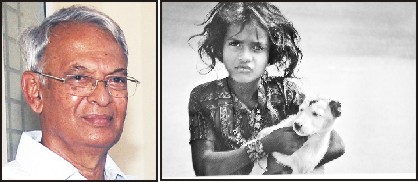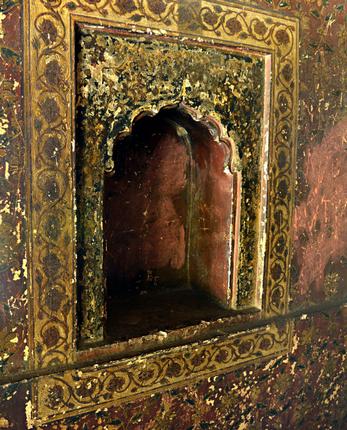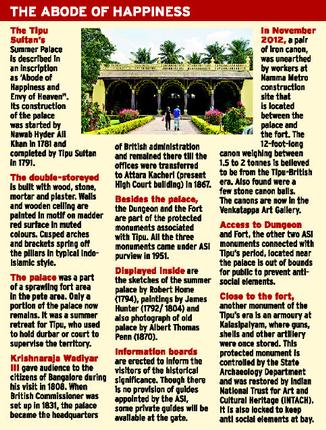Bangalore:
A film conceived, written, directed, edited and produced – all by women. In all likelihood, we have all watched women-centric films and those with a dominant female cast. And then there is the all-women crew. In a first for Sandalwood, an all-women crew is set to roll out their film ‘Ring Road Shuba’ in January next year. The Kannada film is directed by Priya Belliappa, a graduate of Film and Television Institute of India (FTII), Pune.
Belliappa’s ladies brigade includes Ranjini Ravindra Das who is the producer, script writer Rekha Rani, cinematographer Reshmi Sarkar, editor Maryann D’Souza, music director Vani Harikrishna While newcomer Khushi will play the title role of Shubha, the film also stars actors Nikita Thukral and Duniya Vijay.
‘Ring Road Shuba’ is the reel version of the infamous 2003 murder in Bangalore involving Shubha, an advocate who was convicted for killing her fiance.
However, the makers maintain that the crime story is only an inspiration point for the film. “The rest of the story is my imagination. The film is a creative adaptation of many incidents that I came across,” Priya Belliappa tells CNN-IBN.
But getting the crew together was not an easy task and it was their biggest challenge, admits the team. Most members were scattered across the country and were practically strangers before they met. However, director Priya, cinematographer Reshmi Sarkar and editor Maryann D’Souza knew each other from their days at FTII.
The rest of the team was formed soon after through friends and acquaintances. Women coming from diverse backgrounds and from different cities have probably worked in the team’s favour. Each of them has brought in their unique sensibility to the film.
And what about cynics who tried to dissuade an all-women’s team from going ahead with the project? Pat comes the response. “These are all pre-conceived notions that women can’t work in a team. Our aim was to make a film. We are like-minded individuals with same thoughts,” says Priya. And where there any cat fights, as the stereotype goes?
“We had great fun on the sets while shooting ‘Ring Road Shubha’ and became good closer friends on the sets,” says Belliappa.
The team, excited about their one-of-a-kind project’s release, is now busy completing the last leg of the film with eighty percent of the shoot already over.
source: http://www.ibnlive.in.com / IBN Live / Home> Bangalore / by Shylaja Varma, CNN-IBN / November 13th, 2013






